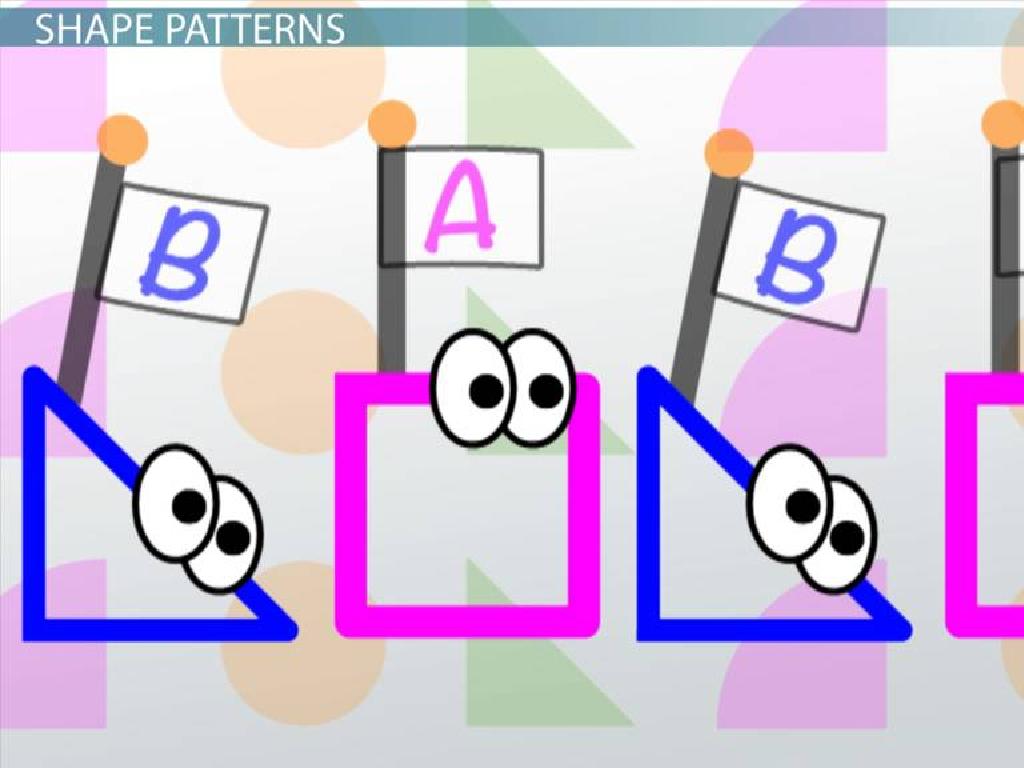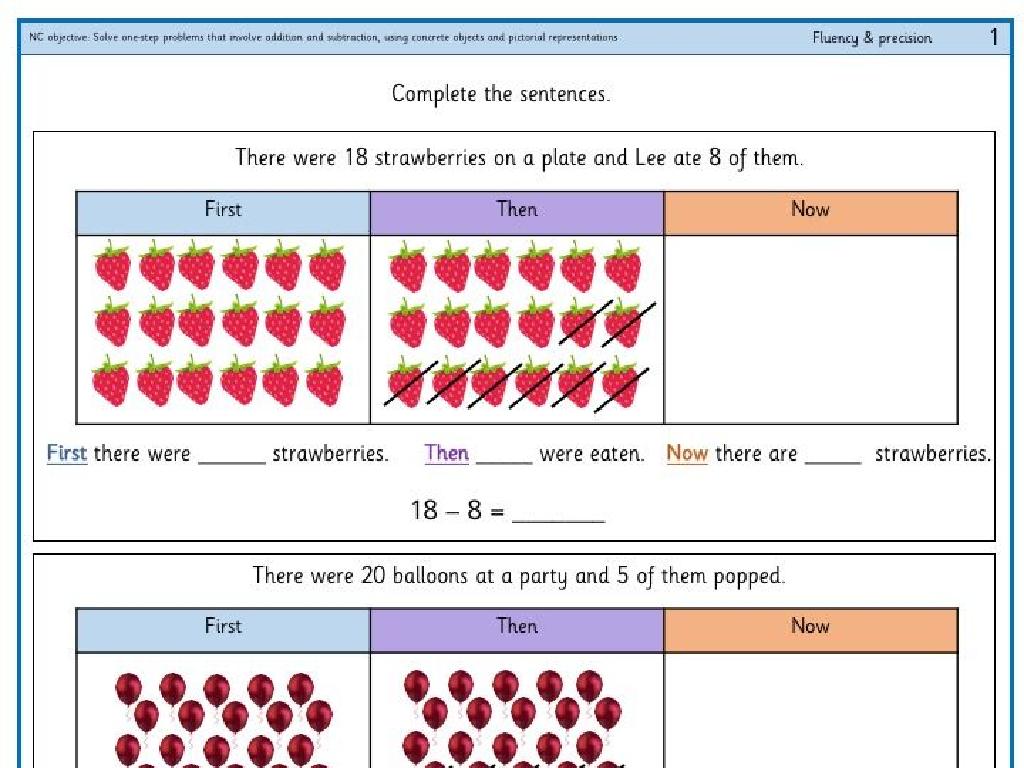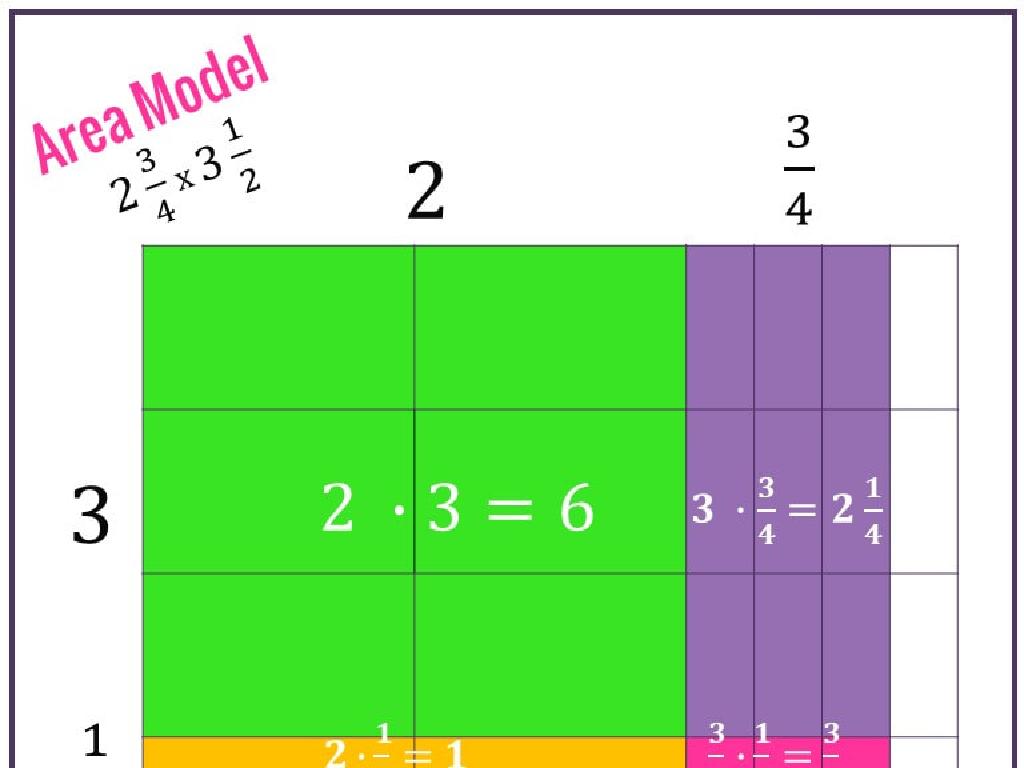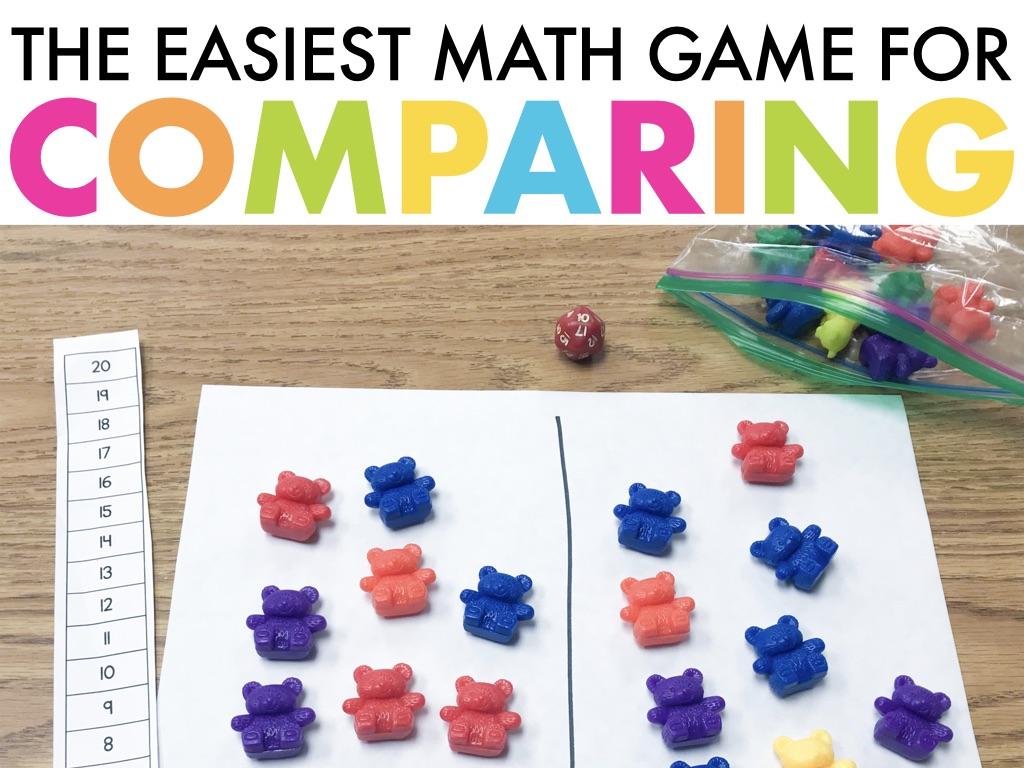Compare Temperatures On Thermometers
Subject: Science
Grade: Third grade
Topic: Weather And Climate
Please LOG IN to download the presentation. Access is available to registered users only.
View More Content
Introduction to Temperature
– What is temperature?
– It’s a measure of how hot or cold something is.
– Importance of knowing temperature
– Helps us decide what to wear and activities to do.
– Ways to measure temperature
– Thermometers show temperature in degrees; there are digital and mercury types.
|
Begin the lesson by explaining temperature as a concept that measures how hot or cold something is, using examples like a sunny day versus a snowy day. Discuss why knowing the temperature is important, such as choosing appropriate clothing or planning daily activities. Introduce thermometers as tools for measuring temperature and mention different types, including digital and mercury thermometers. Emphasize safety with mercury thermometers. Engage the class by asking them what they would wear for different temperatures or how they feel in hot or cold weather.
Understanding Thermometers
– What is a Thermometer?
– A tool to measure how hot or cold things are
– Types: Digital & Mercury
– Digital shows numbers on a screen, Mercury uses silver line
– Parts of a Thermometer
– Bulb holds liquid, Scale shows temperature, Liquid rises with heat
– Reading Temperatures
|
Introduce the concept of a thermometer as a device used to measure temperature, a key aspect of weather and climate studies. Explain the two main types of thermometers: digital, which displays the temperature on a screen, and mercury, which uses a silver line that moves up and down to show temperature changes. Discuss the parts of a thermometer, including the bulb that contains the temperature-sensitive liquid, the scale that has numbers representing degrees, and the liquid inside (usually alcohol or mercury) that expands and rises when heated. Emphasize the importance of reading the scale correctly to determine the temperature. Include an activity where students can practice reading temperatures from different types of thermometers.
Reading a Thermometer
– How to read temperatures
– Look where the mercury line ends to find the temperature
– Celsius vs. Fahrenheit
– Celsius is used in most countries, Fahrenheit is used in the U.S.
– Practice reading together
– We’ll look at different thermometers and read them as a class
– Importance of temperature
|
This slide introduces students to the basics of reading a thermometer, an essential skill in understanding weather and climate. Start by explaining how to read the mercury line on a thermometer to determine the temperature. Discuss the two different scales, Celsius and Fahrenheit, noting that Celsius is used internationally while Fahrenheit is commonly used in the United States. Engage the class in a hands-on activity where they practice reading temperatures from various thermometers. Emphasize the importance of temperature in daily life and in understanding weather patterns. The activity will help solidify their understanding and make them comfortable with both temperature scales.
Comparing Temperatures on Thermometers
– What does comparison mean?
– Comparing means finding out how things are alike or different.
– Observe two thermometers
– Look at the mercury level on both thermometers.
– Which is hotter or colder?
– Decide which one shows a higher temperature.
– Determine the temperature difference
– Use subtraction to find out the difference in degrees.
|
This slide introduces the concept of comparing temperatures using thermometers. Start by explaining what it means to compare things – to evaluate how they are similar or different. Show students how to look at two thermometers side by side and observe the level of mercury or the digital reading to identify which one indicates a higher temperature, thus which is hotter. Teach them to identify which is colder in the same way. Then, guide them on how to determine the exact difference in temperature by subtracting the lower temperature from the higher one. Use examples with actual thermometer readings to practice this skill. Encourage students to think about why comparing temperatures might be important in daily life, such as dressing for the weather or cooking food.
Temperature’s Role in Weather and Climate
– How temperature shapes weather
– Temperature influences rain, snow, and wind patterns.
– Hot vs. cold climate examples
– Deserts are hot, while polar regions are cold.
– Temperature’s impact on daily life
– Dressing appropriately or planning activities.
– Importance of thermometer readings
|
This slide aims to explain the concept of temperature and its significant role in determining weather patterns and climate types. Discuss how temperature affects precipitation and wind, and give examples of extreme climates like deserts and polar regions. Emphasize the practicality of knowing the temperature for choosing suitable clothing and planning daily activities such as whether to play outside or carry an umbrella. Introduce the thermometer as a tool for measuring temperature and explain how to read it. Activities can include comparing temperatures from different parts of the world and discussing how they would prepare for a day in each climate.
Class Activity: Temperature Hunt
– Let’s go on a temperature hunt
– Record temperatures in various places
– Use thermometers to measure how warm or cool each place is
– Compare the different temperatures
– Which place is the warmest? Which is the coolest?
– Discuss our findings together
|
This activity is designed to give students a practical understanding of temperature differences in various environments. Equip each student or group with a thermometer and a worksheet to record the temperature readings. Guide them to measure temperatures in shaded areas, sunny spots, indoors, and near windows. After the hunt, gather the class to compare their data and discuss why some places are warmer or cooler than others. This will help them grasp the concept of temperature variation and its relation to location and conditions. Possible locations include the library, cafeteria, playground, and classroom. Ensure safety and supervision during the activity.






